To prolong the life of non-stick cookware, avoid using metal utensils and high heat. Regularly clean with gentle sponges and mild soap.
How to Prolong Non-Stick Cookwares Lifespan Effortlessly:Non-stick cookware offers convenience and ease in the kitchen. Proper care is essential to maintain its quality and longevity. Many people overlook simple maintenance tips that can significantly extend the life of their pans. Using the right utensils and cleaning methods helps preserve the non-stick surface.
High heat can damage the coating, leading to peeling and reduced performance. By following a few straightforward guidelines, you can enjoy your non-stick cookware for years. This article provides practical tips to keep your kitchen essentials in top shape, ensuring delicious meals without the hassle of sticking. Embrace these habits for a better cooking experience.
Introduction To Non-stick Cookware
Non-stick cookware is a kitchen essential for many home cooks. It simplifies cooking and cleaning. The smooth surface prevents food from sticking. This feature makes meal preparation easier. Non-stick pans are ideal for delicate foods like eggs and pancakes.
Choosing the right non-stick cookware can enhance your cooking experience. Understanding its popularity and benefits can help you make informed decisions.
Popularity And Benefits
Non-stick cookware is widely used for several reasons:
- Easy to Clean: Food slides off easily.
- Less Oil Required: Healthier cooking with less fat.
- Even Heating: Cooks food evenly.
- Lightweight: Easy to handle and store.
Many cooks prefer non-stick cookware for:
- Making breakfast quickly.
- Preparing sauces and gravies.
- Cooking delicate ingredients.
Common Myths And Misconceptions
Several myths surround non-stick cookware:
| Myth | Truth |
|---|---|
| All non-stick pans are the same. | Quality varies by brand and material. |
| Non-stick cookware is unsafe. | Modern cookware meets safety standards. |
| Metal utensils ruin non-stick pans. | Some non-stick pans can handle metal utensils. |
Understanding these myths helps in making better choices. Knowing the facts keeps your kitchen safe and enjoyable.

Credit: www.amazon.com
Selecting Quality Non-stick Cookware
Choosing the right non-stick cookware is essential for durability. Quality materials and brands can make a big difference. Invest in cookware that lasts longer and cooks better.
Materials To Consider
Quality non-stick cookware comes in various materials. Each material has its own advantages.
| Material | Benefits | Drawbacks |
|---|---|---|
| PTFE | Durable, easy to clean, affordable. | Can scratch easily with metal utensils. |
| Ceramic | Eco-friendly, good heat distribution. | May wear out faster than other materials. |
| Hard-Anodized Aluminum | Strong, resistant to scratches. | Can be more expensive. |
Brands And Price Points
Not all brands of non-stick cookware offer the same quality. Here are some popular brands.
- Tefal – Known for great performance and value.
- GreenPan – Focuses on eco-friendly options.
- Calphalon – Offers high-end non-stick cookware.
Prices vary widely. Consider these price points:
- Budget: $20 – $50
- Mid-range: $50 – $100
- High-end: $100 and above
Invest wisely in quality brands. Quality cookware can save money in the long run.
Initial Treatment And First Use
Proper care during the first use of non-stick cookware is vital. Initial treatment sets the stage for longevity. Follow these steps to ensure your cookware lasts.
Cleaning Before Use
Before using your non-stick cookware, clean it thoroughly.
- Use warm soapy water.
- Wipe the surface with a soft sponge.
- Rinse well to remove soap residue.
- Dry with a soft cloth or let air dry.
Cleaning removes any manufacturing residues. This step is essential for optimal cooking performance.
Seasoning The Surface
Seasoning your non-stick cookware enhances its durability.
- Heat the pan on low for 2-3 minutes.
- Add a small amount of cooking oil, about 1 tablespoon.
- Spread the oil evenly across the surface.
- Let it heat for another 5 minutes.
- Remove from heat and allow it to cool.
- Wipe off any excess oil with a paper towel.
Seasoning helps create a protective layer. It improves the non-stick properties of your cookware.
Cooking Practices For Longevity
Using proper cooking methods can greatly extend the life of your non-stick cookware. Simple adjustments in your cooking habits can prevent damage and keep your pans performing well.
Ideal Temperatures
Cooking at the right temperature is essential. High heat can ruin non-stick surfaces. Here are some key points:
- Medium to Low Heat: Always use medium or low heat.
- Avoid Preheating: Don’t preheat empty pans.
- Watch for Smoke: If smoke appears, turn down the heat.
These practices help maintain the non-stick coating. They also ensure even cooking and prevent food from sticking.
Suitable Utensils
The utensils you use impact the lifespan of your cookware. Choosing the right tools is crucial. Follow these tips:
- Silicone Utensils: Use silicone spatulas and spoons.
- Wooden Utensils: Wooden tools are safe and gentle.
- Avoid Metal Utensils: Metal can scratch the surface.
Using suitable utensils keeps the non-stick coating intact. This helps your cookware last longer and perform better.
Cleaning And Maintenance
Proper cleaning and maintenance are vital for non-stick cookware. It helps keep the surface smooth and effective. Follow these tips to ensure your cookware lasts longer.
Washing Techniques
Washing non-stick cookware requires special care. Use these techniques:
- Soft Sponges: Always use soft sponges or cloths. Avoid steel wool or harsh scrubbing pads.
- Gentle Detergents: Use mild dish soap. Strong cleaners can damage the non-stick coating.
- Hand Washing: Hand wash your cookware. Avoid the dishwasher to prevent wear.
- Cool Down: Let the cookware cool before washing. Sudden temperature changes can warp it.
Drying And Storage Tips
Proper drying and storage extend the life of your cookware. Follow these tips:
- Air Dry: Allow the cookware to air dry completely.
- Soft Cloth: Wipe with a soft cloth after washing.
- Stacking: Avoid stacking non-stick pans. Use protective liners between them.
- Hanging: If possible, hang your cookware. This prevents scratches and damage.
Dealing With Wear And Tear
Non-stick cookware makes cooking easy. Over time, these surfaces can wear down. Handling wear and tear properly extends their life.
Identifying Damage Early
Spotting damage early is crucial. Look for these signs:
- Scratches: Check for visible scratches on the surface.
- Peeling: Look for any peeling or flaking.
- Discoloration: Notice any unusual color changes.
- Sticking: Food starts to stick more than before.
Regular checks help you catch problems early. Using the right utensils can also prevent damage. Avoid metal utensils. Use silicone or wooden ones instead.
Repair Or Replace Decisions
Once you identify damage, decide whether to repair or replace.
| Condition | Action |
|---|---|
| Minor scratches | Repair with non-stick spray or oil. |
| Peeling or flaking | Replace the cookware. |
| Discoloration | Monitor; usually not a problem. |
| Persistent sticking | Consider replacement. |
Repairing minor issues can save money. Always prioritize safety. If unsure, replacing is often the best choice.
Safe Use Of Non-stick Coatings
Using non-stick cookware safely is essential for both health and longevity. Proper care ensures your pans last longer. Knowing how to use them correctly avoids potential health risks. Follow these guidelines to maintain your non-stick cookware.
Health Considerations
Non-stick coatings are popular for a reason. They make cooking easier and cleanup faster. However, it’s important to consider health aspects:
- Temperature Limits: Avoid overheating. High temperatures can damage the coating.
- Material Safety: Choose PFOA-free options. They are safer for cooking.
- Scratches and Damage: Always use non-metal utensils. This prevents scratches.
Myth-busting Toxicity Concerns
Many myths surround non-stick cookware. Understanding these can help you cook confidently.
| Myth | Fact |
|---|---|
| Non-stick coatings release toxins. | Modern coatings are safe and non-toxic. |
| All non-stick pans are the same. | Quality varies. Choose reputable brands. |
| Using metal utensils is fine. | Metal can scratch the surface. Use wood or silicone. |
Understanding these points helps you make informed choices. Enjoy cooking with peace of mind!
Innovations In Non-stick Technology
The world of non-stick cookware has evolved rapidly. New technologies improve durability and safety. These innovations help you cook better and care for your pans longer. Let’s explore some key advancements.
Ceramic Coatings
Ceramic coatings are a popular choice today. They offer a natural non-stick surface. Unlike traditional coatings, ceramic does not contain harmful chemicals.
- Resistant to scratches and chips
- Heat resistant up to 500°F
- Easy to clean and maintain
Ceramic cookware provides even heat distribution. This feature helps avoid hot spots. Always use wooden or silicone utensils to protect the surface.
Eco-friendly Alternatives
Eco-friendly options are gaining traction. These alternatives use sustainable materials. Many brands now offer non-stick cookware made from recycled products.
| Material | Benefits |
|---|---|
| Stone-derived coatings | Durable and safe for the environment |
| Biodegradable coatings | Break down naturally after disposal |
| Plant-based non-stick surfaces | Non-toxic and chemical-free |
These eco-friendly options reduce your carbon footprint. They promote healthier cooking practices.
Conclusion: Maximizing Cookware Investment
Taking care of your non-stick cookware can save you money. Proper maintenance keeps your cookware in great shape. This section summarizes the best practices to ensure your investment lasts.
Recap Of Best Practices
- Use wooden or silicone utensils to prevent scratches.
- Avoid high heat settings. Medium heat works best.
- Hand wash with a soft sponge. Avoid abrasive cleaners.
- Store cookware carefully to avoid stacking. Use liners if needed.
- Follow manufacturer guidelines for specific care instructions.
Encouragement To Stay Informed
Stay updated on new care techniques. Research helps you learn better methods. Join cooking forums or read blogs. Share experiences with others. This knowledge keeps your cookware performing well.
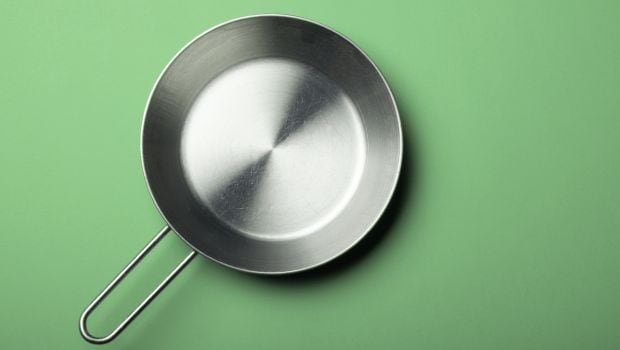
Credit: food.ndtv.com
Frequently Asked Questions
How Do You Maintain Non-stick Cookware?
To maintain non-stick cookware, avoid metal utensils that can scratch the surface. Use soft sponges for cleaning and wash with mild dish soap. Always cook on low to medium heat to preserve the coating. Store them carefully to prevent stacking damage.
Regular maintenance ensures longevity and performance.
Can You Use Cooking Spray On Non-stick Pans?
Using cooking spray on non-stick pans is generally unnecessary. Most non-stick coatings are designed to release food without additional oils. If you choose to use it, ensure it’s compatible with your cookware. Avoid using aerosol sprays that can leave residues, as they might degrade the non-stick surface over time.
What Is The Best Way To Clean Non-stick Cookware?
The best way to clean non-stick cookware is to hand wash it with warm, soapy water. Avoid abrasive sponges or harsh chemicals, as they can damage the coating. For tough stains, soak the pan for a while before washing. Always dry it thoroughly before storing to prevent moisture buildup.
Is It Safe To Put Non-stick Cookware In The Oven?
Most non-stick cookware is not oven-safe beyond certain temperatures. Check the manufacturer’s guidelines for specific temperature limits. If it’s labeled as oven-safe, use it carefully. Avoid high temperatures, as they can damage the non-stick coating and release harmful fumes. Always prioritize safety when cooking.
Conclusion
Maintaining your non-stick cookware is essential for its longevity. Simple habits, like using wooden utensils and avoiding high heat, can make a significant difference. Regular cleaning and proper storage also play key roles. By following these tips, you’ll enjoy your cookware for years to come, enhancing your cooking experience.

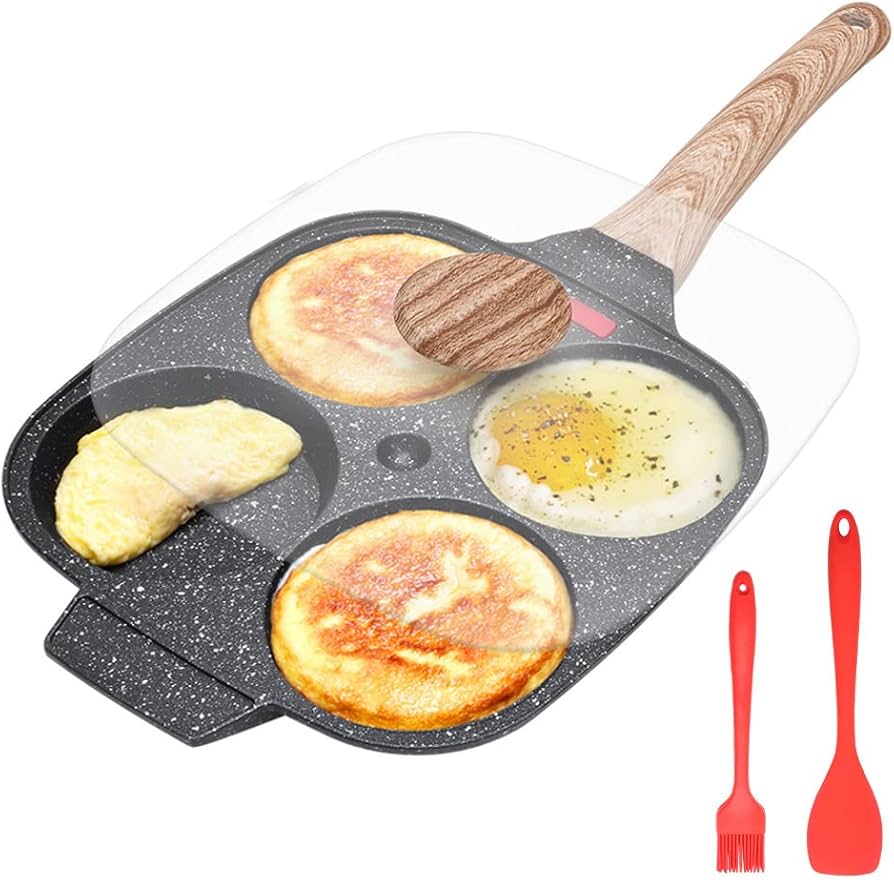
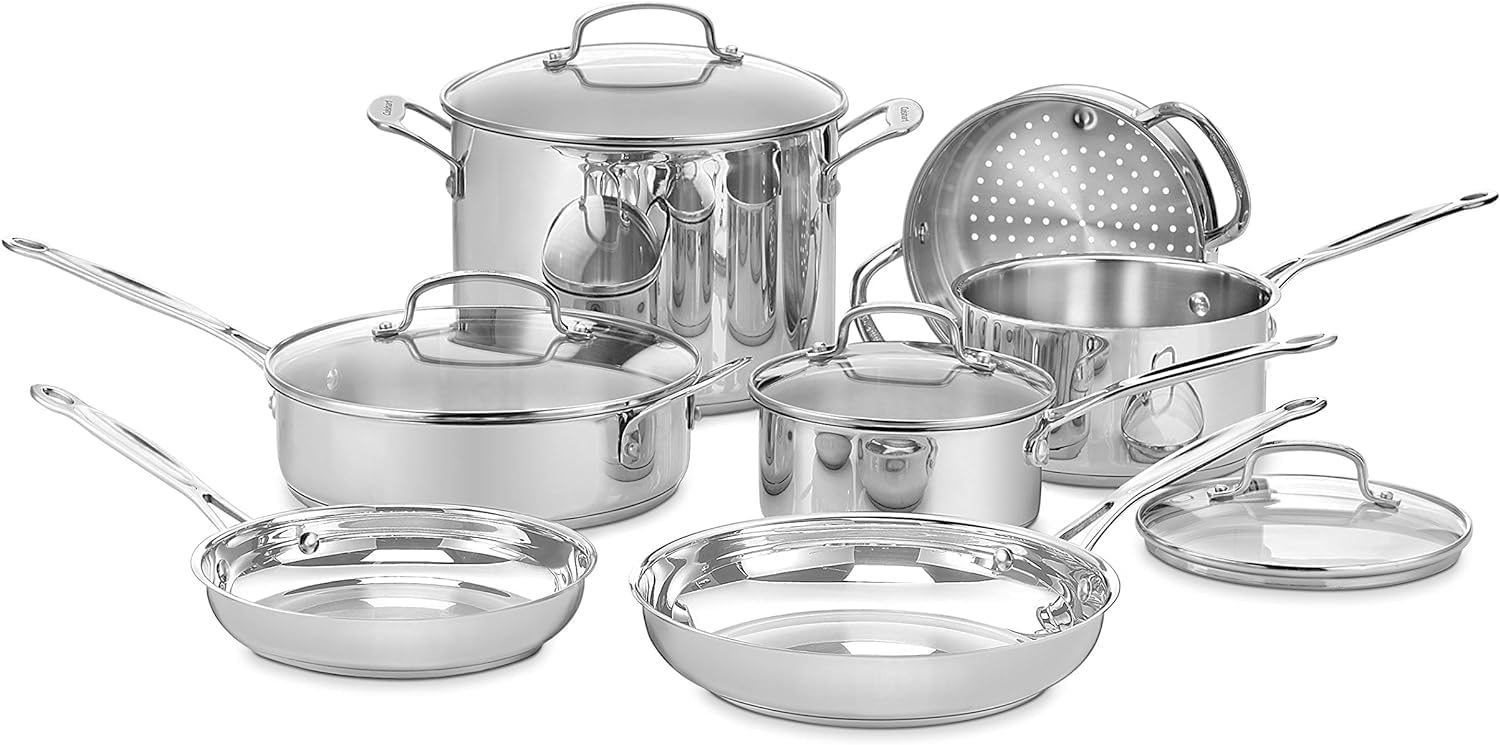
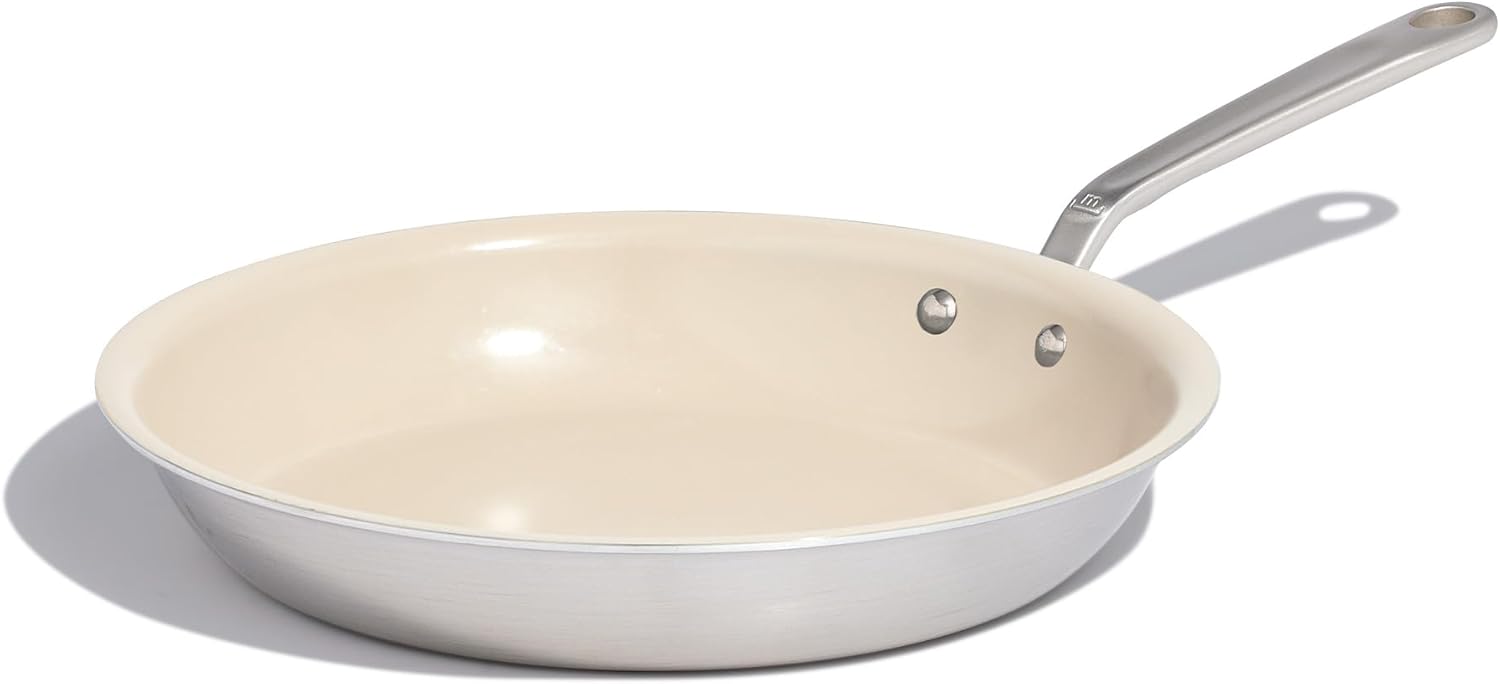
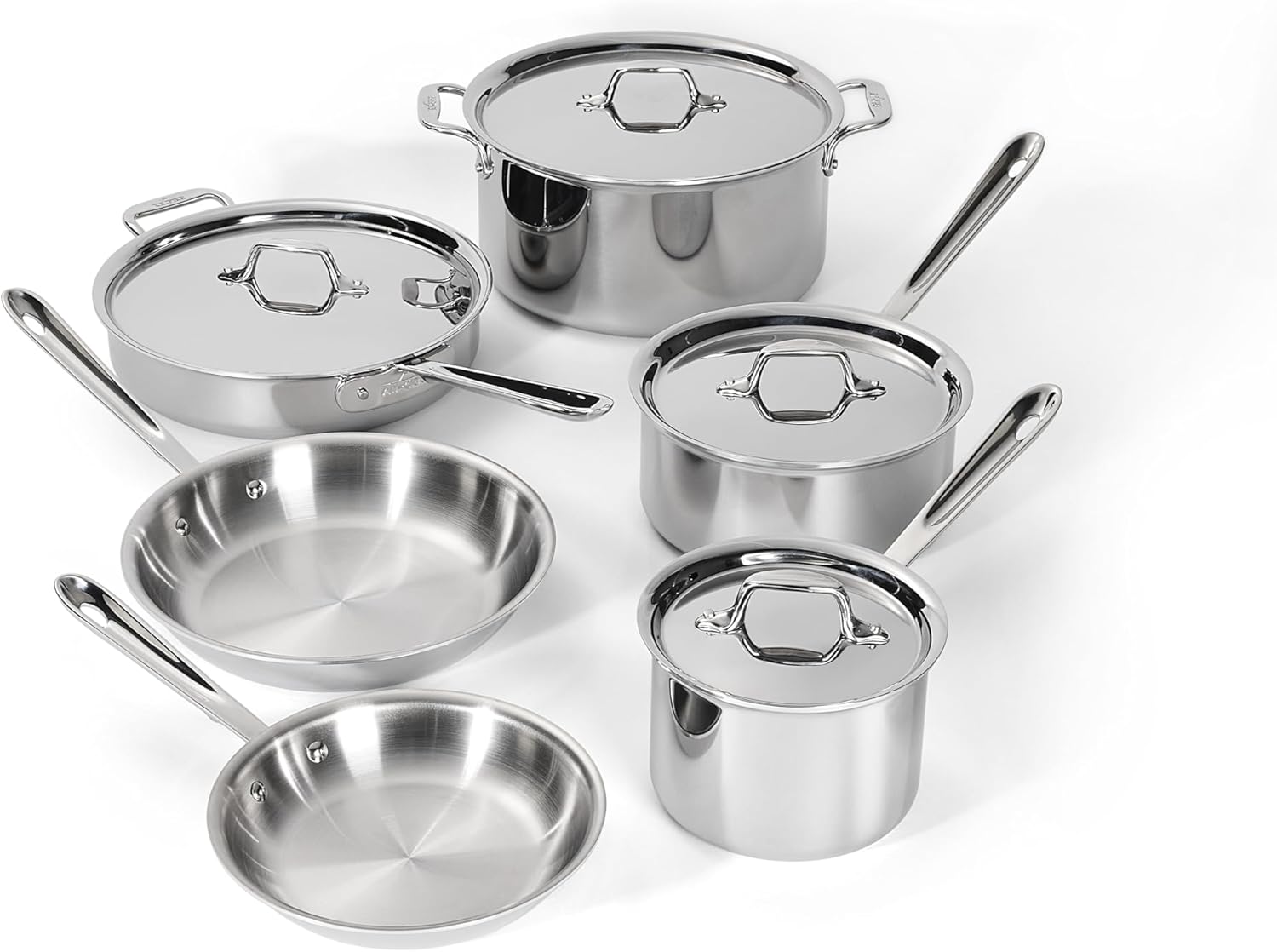
Leave a Reply